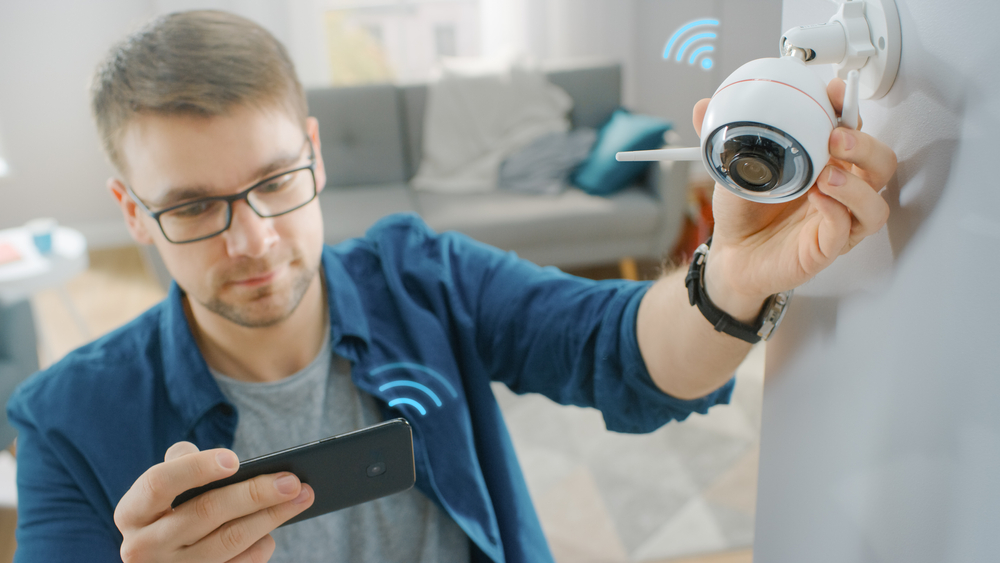The Different Connections of Wireless Security Systems
When it comes to protecting your home, office, or any other place, a security system is a must-have. With the advancement of technology, security systems have become more accessible and convenient to use, especially with the introduction of wireless security systems. But with the convenience, there’s a trade-off: security.
With a wired security system, the connection is direct and physically secure. However, with a wireless system, the connection is through the air, making it vulnerable to interception or hacking.
To help you understand the different connections of wireless security systems, here are the most common types.
Wi-Fi Connections
Wi-Fi, or Wireless Fidelity, is a popular connection option for wireless security systems. It uses a router to connect the security devices to the internet and allows remote access through a smartphone app or web browser. This type of connection is perfect for those who want to monitor their security systems while they’re away from home.
However, a Wi-Fi connection is not without its weaknesses. Wi-Fi signals can be disrupted by physical obstacles, such as walls and furniture, which can lead to spotty connections. Moreover, a Wi-Fi connection is vulnerable to hacking attempts, especially if the network is not secured with a strong password. To ensure the security of your Wi-Fi connection, make sure to use a strong password and enable encryption.
Bluetooth Connections
Bluetooth is another common connection option for wireless security systems. Unlike Wi-Fi, Bluetooth has a shorter range and is designed for short-range communication between devices. Bluetooth security systems are typically smaller and less complex than Wi-Fi systems, making them ideal for small spaces, such as apartments or studios.
Bluetooth security systems are less likely to suffer from the same weaknesses as Wi-Fi systems, as they have a limited range. However, they are still vulnerable to hacking attempts, especially if the Bluetooth connection is not encrypted. To ensure the security of your Bluetooth connection, make sure to use a secure pairing process and enable encryption.
Z-Wave Connections
Z-Wave is a wireless communication protocol specifically designed for home automation and security systems. It uses low-frequency radio waves to communicate between devices, making it less vulnerable to interference from other devices, such as Wi-Fi routers and Bluetooth devices.
Z-Wave systems are highly secure, as they use encryption and authentication to protect the communication between devices. Moreover, Z-Wave devices are also compatible with each other, making it easy to expand your system as needed. However, Z-Wave systems can be more expensive than Wi-Fi and Bluetooth systems, making them less accessible to some consumers.
Cellular Connections
Cellular connections are becoming increasingly popular for wireless security systems. Unlike Wi-Fi, Bluetooth, and Z-Wave, cellular connections use a cellular network to connect to the internet. This type of connection is perfect for those who don’t have a stable Wi-Fi connection or for those who want to ensure that their security system is always connected, even if their internet connection goes down.
Cellular connections are also highly secure, as the communication between devices is encrypted and transmitted over a secure network. However, cellular connections are also the most expensive option, as you’ll need to pay for a monthly cellular service plan in addition to the cost of the security system.
Protect Your Property with the Experts– Choose Vigilante Security!
Say goodbye to burglary worries. Trust the leading provider of intrusion alarms in Michigan. Contact us now to learn more.

